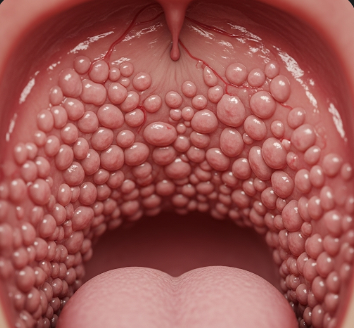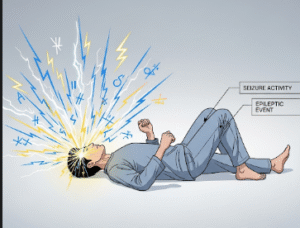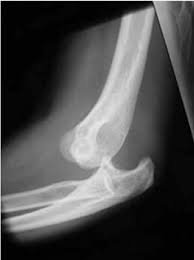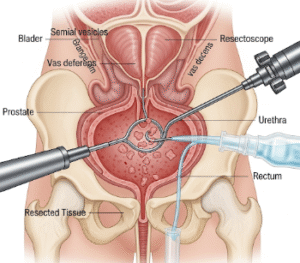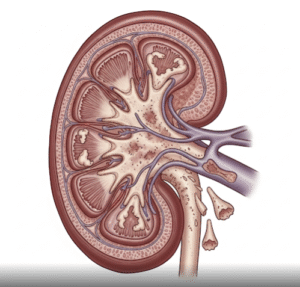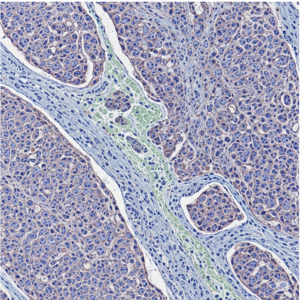Overview
Cobblestone throat is a condition where the back of the throat (pharynx) appears bumpy or textured, resembling cobblestones. This appearance is usually caused by chronic irritation, inflammation, or postnasal drip, and is often associated with allergies, infections, or chronic throat conditions.
In South Korea, ENT (ear, nose, throat) clinics and allergy centers provide comprehensive assessment for cobblestone throat, combining diagnostic evaluation, medical therapy, and lifestyle guidance to address the underlying cause and reduce irritation.
Key Facts
Highlights:
➡️ Cobblestone appearance is typically observed on the posterior pharyngeal wall during throat examination.
➡️ It is often caused by chronic inflammation or irritation, not by cancer or malignant conditions.
➡️ Common triggers include allergies, postnasal drip, sinus infections, and chronic throat irritation.
➡️ Symptoms may include throat discomfort, tickling sensation, frequent clearing of the throat, or mild swelling.
➡️ South Korea provides advanced ENT care and allergy management for effective treatment of cobblestone throat.
What is Cobblestone Throat?
Cobblestone throat is a visual pattern seen at the back of the throat, characterized by swollen lymphoid tissue or bumps that resemble cobblestones.
Key characteristics:
- Appearance: Small, raised bumps or nodules on the posterior pharyngeal wall
- Associated Symptoms: Chronic throat irritation, tickling sensation, or mild soreness
- Causes: Typically due to postnasal drip, allergies, or chronic inflammation
- Duration: Can persist for weeks to months if underlying triggers are not addressed
While cobblestone throat itself is usually benign, it often signals ongoing irritation or inflammation that requires evaluation.
What Symptoms are Related to Cobblestone Throat?
Symptoms commonly accompanying cobblestone throat include:
- Frequent need to clear the throat
- Throat tickling or irritation
- Sore throat or mild discomfort
- Hoarseness or voice changes in some cases
- Postnasal drip with mucus accumulation
- Occasional coughing or throat dryness
Highlights:
➡️ Symptoms may interfere with speaking, swallowing, or daily comfort.
➡️ Persistent irritation can lead to secondary infections or worsening inflammation.
➡️ Recognizing these symptoms early allows targeted treatment and prevention of chronic throat issues.
What Causes / Possible Causes of Cobblestone Throat?
Highlights:
➡️ Allergic Reactions: Chronic allergies cause postnasal drip, which irritates the throat and leads to cobblestone appearance.
➡️ Viral or Bacterial Infections: Lingering infections can trigger lymphoid tissue hypertrophy.
➡️ Chronic Irritation: Exposure to smoke, pollution, or environmental irritants can cause persistent throat inflammation.
➡️ Gastroesophageal Reflux (GERD): Acid reflux irritates the pharynx and can contribute to cobblestone changes.
➡️ Sinusitis: Ongoing sinus drainage leads to constant throat irritation.
➡️ Mechanism: Cobblestone throat develops due to swelling of lymphoid follicles and chronic inflammation of pharyngeal tissue, often in response to persistent irritation.
When Should I See My Doctor?
Highlights:
➡️ If throat irritation persists for more than two weeks despite home care or over-the-counter remedies.
➡️ If symptoms include pain, difficulty swallowing, fever, or pus.
➡️ If there is a history of recurrent sinus infections or allergies not responding to treatment.
➡️ For children or adults with chronic cough or voice changes, evaluation is recommended.
➡️ Early consultation ensures proper diagnosis, targeted treatment, and prevention of secondary complications.
Care and Treatment
Treatment focuses on reducing inflammation, addressing underlying causes, and relieving discomfort:
Highlights:
➡️ Medical Management:
- Antihistamines for allergy-related cobblestone throat
- Decongestants or nasal corticosteroids for postnasal drip
- Antibiotics if bacterial infection is confirmed
➡️ Lifestyle Measures:
- Avoiding smoke, dust, and environmental irritants
- Staying hydrated to reduce throat dryness
- Using saline nasal sprays to clear postnasal mucus
➡️ Acid Reflux Management:
- Diet modification and medications such as proton pump inhibitors if GERD contributes to throat irritation
➡️ Supportive Care:
- Warm saltwater gargles to soothe irritation
- Throat lozenges or herbal remedies for symptomatic relief
➡️ Follow-Up: Regular monitoring to ensure resolution of inflammation and prevention of chronic irritation.
Treatment Options in Korea
South Korea provides specialized care for patients with cobblestone throat, including:
Highlights:
➡️ ENT Clinics: Comprehensive assessment of throat, nasal passages, and sinuses to identify underlying causes.
➡️ Allergy & Immunology Centers: Testing and treatment for allergies contributing to postnasal drip.
➡️ Advanced Diagnostics: Throat examination, endoscopy, and imaging if persistent or severe symptoms are present.
➡️ Multidisciplinary Approach: Collaboration among ENT specialists, allergists, and gastroenterologists for holistic care.
➡️ Medical Tourism Support: Multilingual consultations, personalized treatment plans, and follow-up care for international patients.
➡️ Advanced Therapeutics: Minimally invasive interventions, prescription therapy, and lifestyle counseling for lasting relief.

